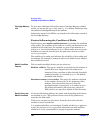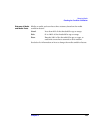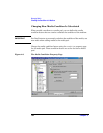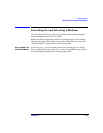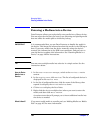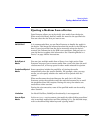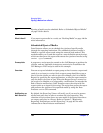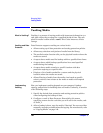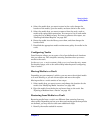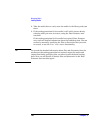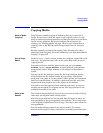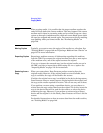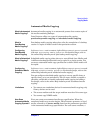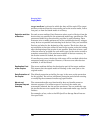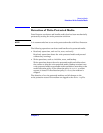
Managing Media
Vaulting Media
Chapter 4140
Vaulting Media
What Is Vaulting? Vaulting is a process of moving media with important information to a
safe place where they are kept for a specified period of time. The safe
place for media is often called a vault. This is also known as off-site
storage.
Vaulting and Data
Protector
Data Protector supports vaulting on various levels:
• Allows setting up of data protection and catalog protection policies.
• Allows easy selection and ejection of media from the library.
• The media location function tells you the physical location where the
media are stored.
• A report shows media used for backup within a specified time frame.
• A report shows which backup specifications have used specified
media during the backup.
• A report shows media stored at a specific location with data
protection expiring at a specific time.
• Displays a list of media needed for a restore and the physical
locations where the media are stored.
• Allows filtering of media from the media view based on specific
criteria, such as time written to the media or media with expired
protection.
Implementing
Vaulting
How you implement vaulting depends on your company’s backup
strategy and policies for handling data and media. Generally, it consists
of the following steps:
1. Specify the desired data protection and catalog protection policies
when configuring the backup of data.
2. Configure a vault in Data Protector. Essentially, this means
specifying a name for the vault that you will use for the media, such
as Vault_1.
3. After a backup is done, copy the media, if desired. You can use either
manually started or automated media copying. For more details, refer
to “Copying Media” on page 143.



